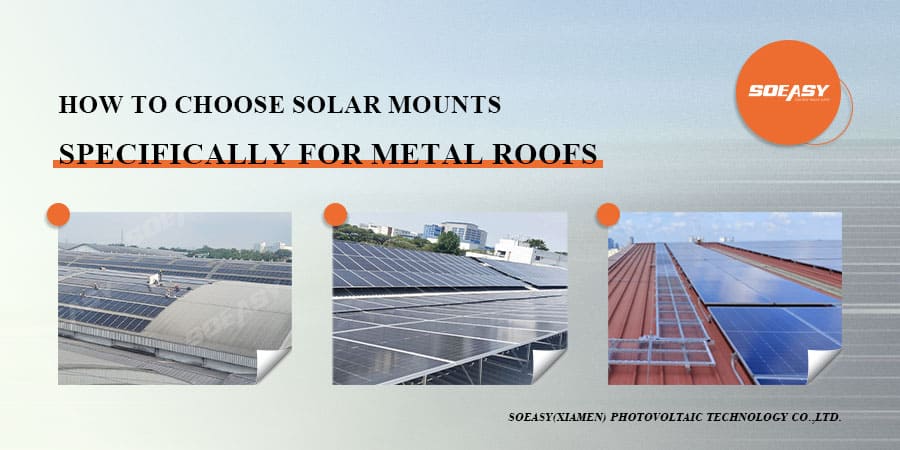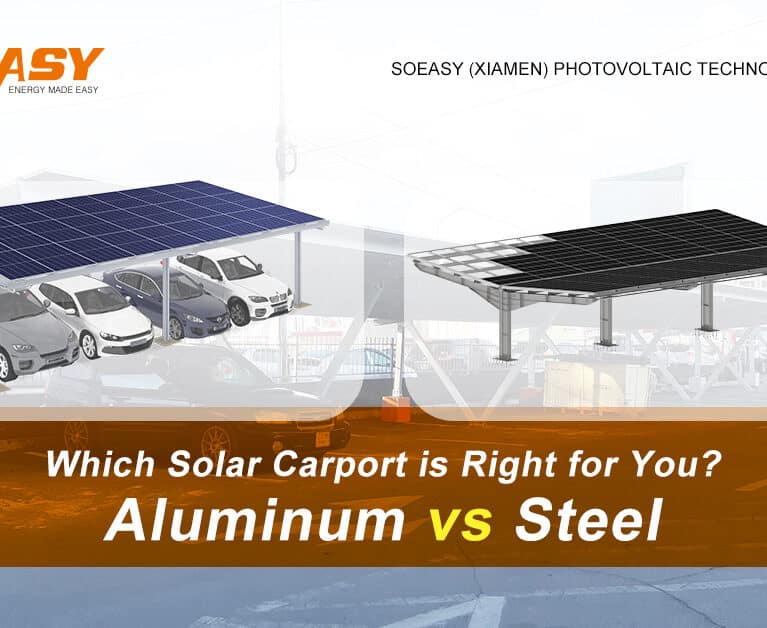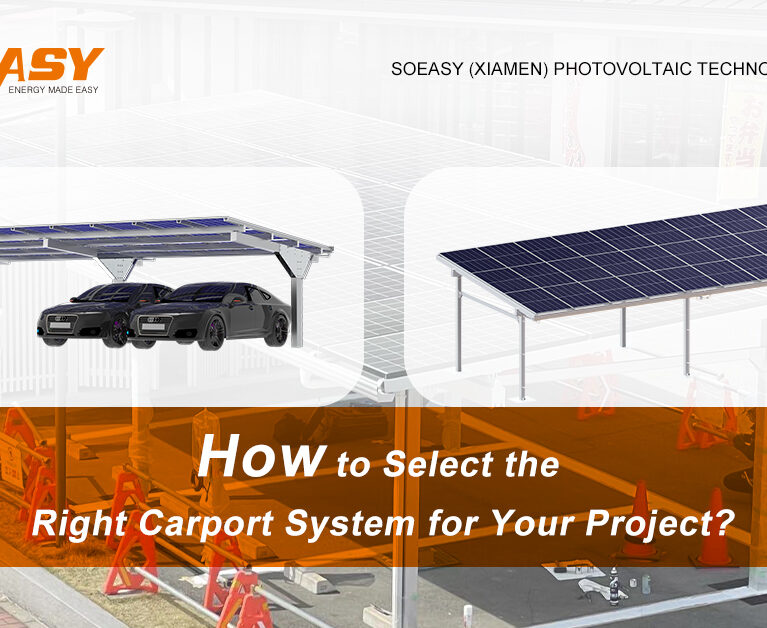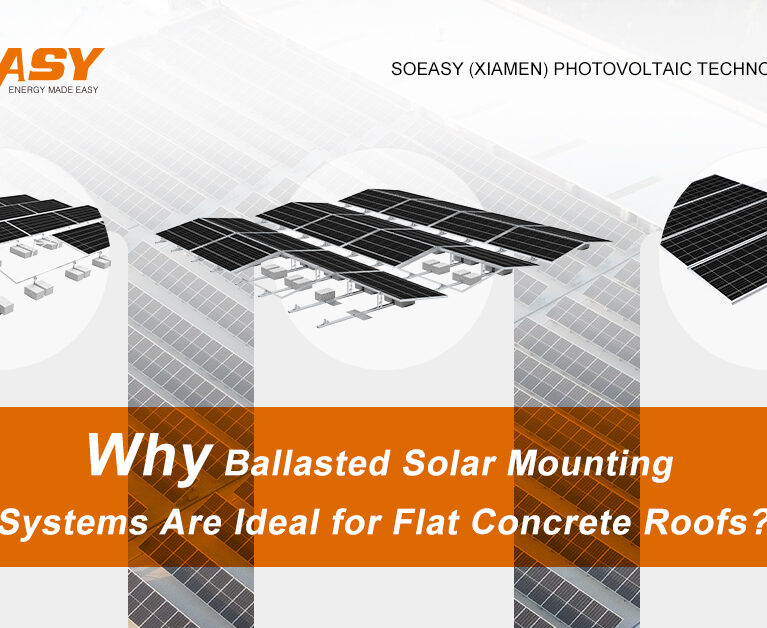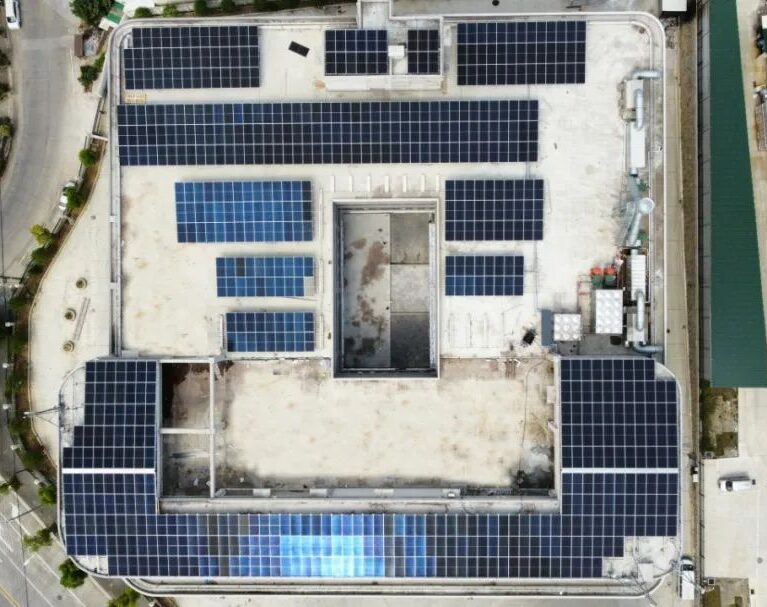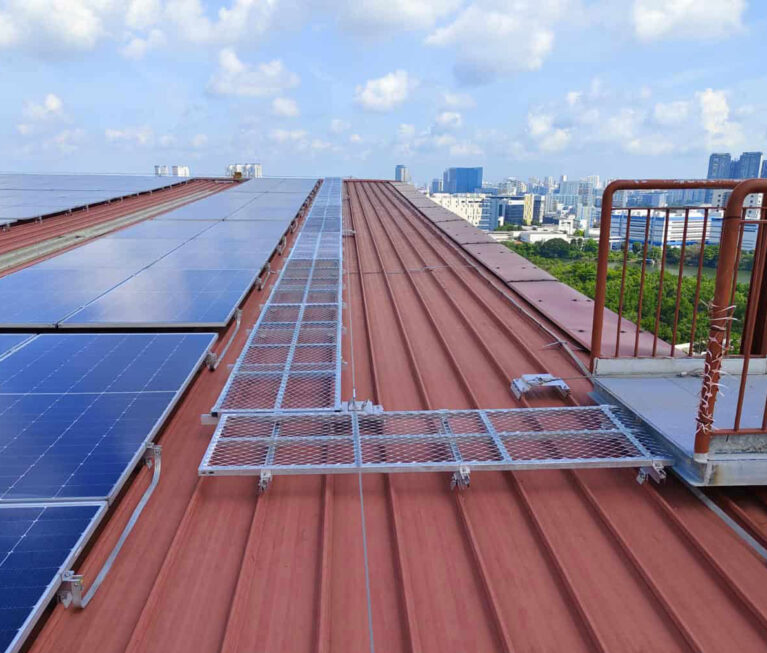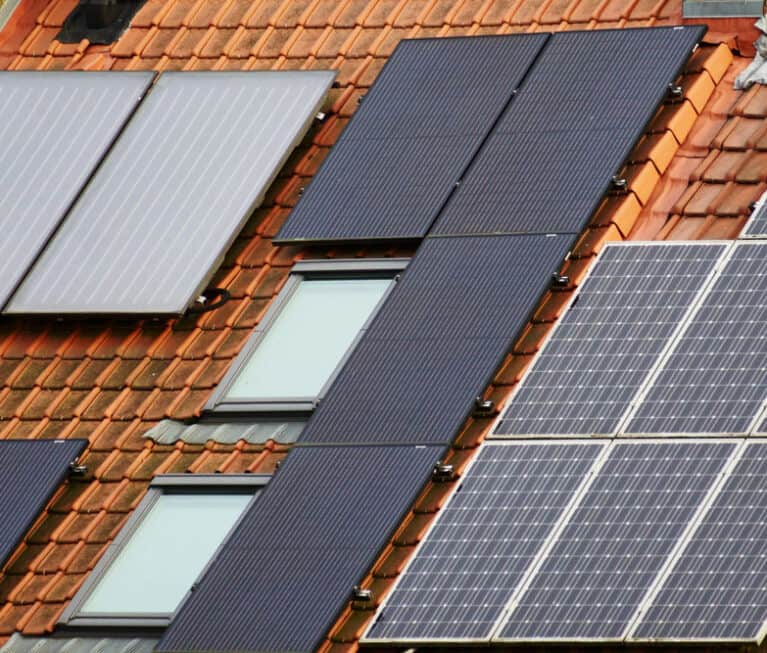Corrugated metal roofs, with their iconic wavy patterns, offer unique strength and aesthetic appeal, but they also pose special challenges in selecting Roof Solar Mounts. How to ensure that the mounting system can not only stably support the solar panels but also perfectly fit the roof’s curves while protecting its integrity? Here are the key considerations:
1.Precisely Match the Roof’s Corrugated Contour
- Core Requirement: The roof mounts (especially the base clamps) must closely fit the specific shape of the roof’s corrugations (peak width, trough depth) and spacing. Choosing the wrong model can lead to unstable installation or roof damage.
- Clamp Type: Prioritize non-penetrating clamps specifically designed for corrugated metal. They are fixed on the peaks through strong mechanical clamping, eliminating the need for drilling, thus avoiding the risk of water leakage and evenly distributing loads to protect the roof. This is the primary consideration when selecting Roof Solar Mounts.
- Adaptability: An excellent roof solar mounting system should have a high degree of adjustability to adapt to different roof slopes and allow precise adjustment of the solar panel angle, maximizing annual power generation efficiency.
2.Drilling Installation? Waterproof Sealing is Paramount
- Necessity Assessment: Although non-penetrating clamps are preferred, some structures or specific roof types may still require drilling for installation. “How to choose solar mounts for metal roofs” must include an assessment of this risk.
- Waterproofing Key Points: If drilling is necessary, high-quality waterproof sealing kits are lifelines. Be sure to choose:
- High-Quality Materials: Weather-resistant rubber (such as EPDM) or metal bases made of the same material as the roof, which have long-term resistance to ultraviolet rays and extreme temperatures.
- Precise Design: The seals must perfectly match the corrugated contour and screw size, and be designed with multi-layer waterproof paths (usually including inner and outer waterproof washers).
- Professional Construction: The correct installation of seals (including cleaning the surface and appropriately tightening screws to avoid deformation) directly affects the waterproof effect. Emphasize the importance of professional installation.
3.Key Considerations for Environmental Loads and Installation Parameters
When choosing solar mounts for metal roofs (Roof Solar Mounts), the environmental conditions of the project site and installation geometric parameters are crucial for the strength design of the mounts. “How to choose solar mounts for metal roofs” must include an assessment of the following key factors:
Regional Loads:
- Wind Load: High-wind areas (coastal regions, highlands, open areas) require strong wind uplift resistance designs (high clamping/anchoring force, wind pressure-resistant components), and the system must comply with local wind load specifications (such as ASCE 7, EN 1991-1-4).
- Snow Load: In snowy areas, the mounts must be able to withstand static snow loads and sliding impacts (high-strength materials, dense support points, snow-discharging designs) and comply with local snow load specifications (such as ASCE 7, EN 1991-1-3).
- Seismic Load: Seismic zones require anti-seismic connection designs (shock absorption, redundant structures) to ensure the system complies with seismic specifications (such as ASCE 7, IBC).
- High-Temperature and High-Humidity Environments: Coastal areas with high temperature, humidity, and salt levels pose challenges to the corrosion resistance and service life of roof solar mounts. Anodized roof solar mount products should be selected, as they have strong corrosion resistance and can increase service life by 15%-30%.
Roof and Installation Angles:
- Roof Slope: Affects the anti-slip design of clamps (steeper slopes require stronger anti-slip properties), drainage and sealing requirements, and installation safety.
- Panel Installation Tilt Angle: The mounts need to provide adjustability in tilt angle (usually 0°-60°) to optimize power generation. Note that increasing the tilt angle will significantly increase wind loads, and the mount strength must match. Choose fixed tilt angle or seasonally adjustable mounts according to needs.
Before selecting mounts, be sure to obtain official design wind pressure, snow pressure, and seismic zone parameters of the project location, clarify the roof slope, and determine the target solar panel installation tilt angle. These data are the cornerstone for engineers to conduct load calculations and select/design mount systems that meet safety specifications. Ignoring the impact of environmental loads or installation angles may lead to insufficient mount strength, system failure, or even safety hazards.
4.Embrace Customization and Professional Expertise
- Non-Standard Solutions: There are various specifications of corrugated metal roofs (such as R-Panel, U-Panel, corrugated sheets). Standard mounts often cannot perfectly fit. It is crucial to choose suppliers that can provide customized mount solutions, especially for special corrugated shapes, extreme load requirements, or complex roof structures.
- Value of Professional Installation: The final step in “How to choose solar mounts for metal roofs” is to select an experienced installation team. They can:
- Precisely measure and evaluate roof conditions (including slope, corrugation parameters, existing strength).
- Recommend and adjust the optimal mount proposal based on specific roof parameters, environmental loads (wind, snow, earthquake), and local specification requirements.
- Ensure proper clamping of clamps or reliable installation of seals.
- Optimize system layout, counterweight, and tilt angle to ensure long-term structural safety and power generation efficiency.
Summary: Key Steps for Choosing Solar Mounts for Metal Roofs
When choosing Roof Solar Mounts for corrugated metal roofs, the core lies in respecting the curves, strictly preventing water seepage, adapting to loads, and relying on professional support.
By systematically considering these factors (“How to choose solar mounts for metal roofs”), you can not only achieve safe and efficient installation of solar panels but also ensure the integrity and long-term service life of the corrugated metal roof itself, ultimately achieving a harmonious integration of reliable clean energy and architectural aesthetics, while withstanding various environmental challenges.
If you want to get more professional guidance and suggestions, please contact us:/contact-us/
Learn about SOEASY’s metal roof solar project cases:https://soeasypv.com/roof-pv-projects/
Learn about SOEASY’s metal roof solar mount products:Solar Roof Mounting – soeasypv.com
 English
English 

